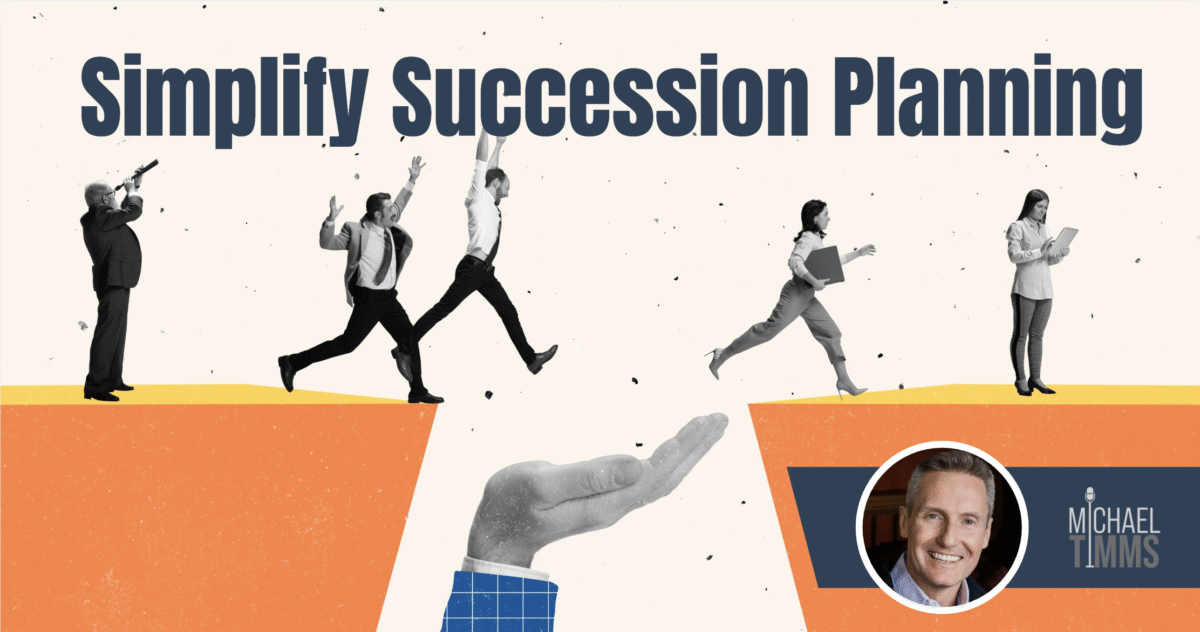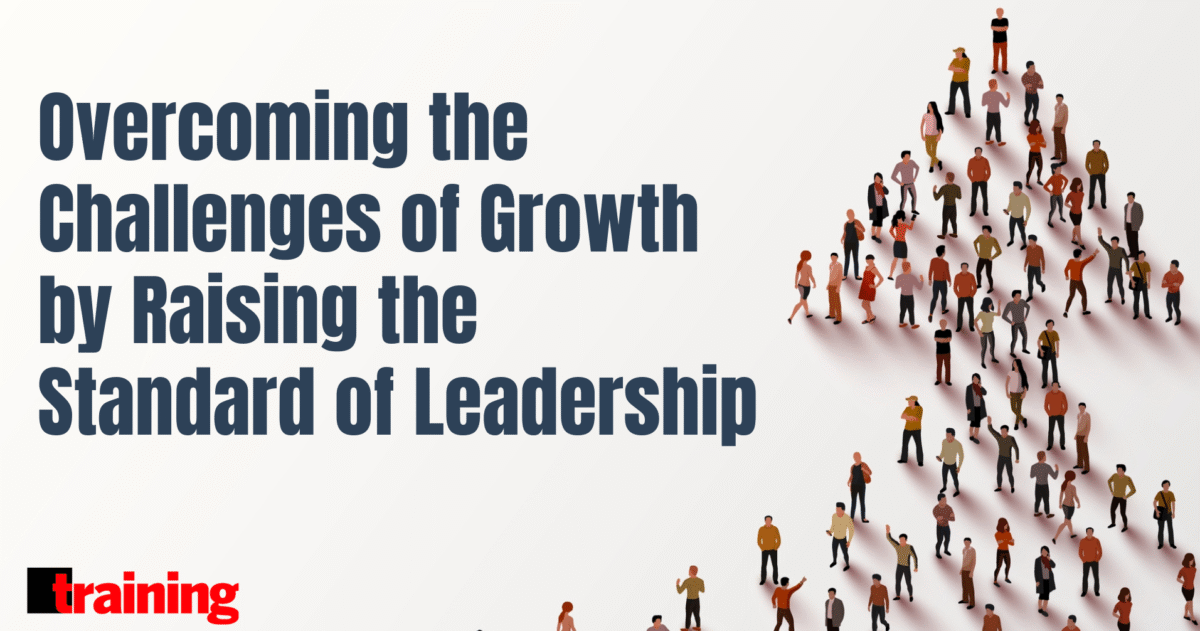Succession planning is like insurance—you don’t need it until you do. That’s why it often sits at the bottom of a CEO’s priority list. But when the need arises, it’s usually too late, turning into a full-blown crisis.
Effective succession planning isn’t just about the C-suite—it has to happen at every level. When companies don’t develop leaders internally, they’re forced to fill executive positions with external hires, who tend to underperform compared to internal candidates. And when employees see leadership positions going to outsiders, they realize they’ll have to leave to move up. This creates a vicious cycle: fewer internal candidates, more external hires, and a growing reliance on outside recruiting. Many organizations have essentially become addicted to recruiting because they’ve failed at succession planning.
Most conventional wisdom on succession planning is outdated, overly complex, and even inhumane. That’s why only 21 percent of organizations have a formal plan, and even fewer have an effective one. The good news is that leaders can take simple, practical steps now to avoid a high-stakes scramble later.
The Essential Prerequisite
Before you even attempt to tackle succession planning, you must address the elephant in the room: if it’s a low priority for the CEO, it’s not going to happen. To have an effective succession planning process, the CEO and executive team must own it, which hinges on two critical factors:
- The CEO must believe in the importance of succession planning and make it an organizational priority.
- The CEO must have confidence that the person guiding the process knows what they are doing.
If these conditions aren’t met, any effort to build a succession plan will be superficial at best—and dead on arrival at worst.
Three Common Pitfalls and Solutions
Effective succession planning comes down to three essential steps:
- Establish a promotion criteria.
- Develop your people.
- Identify succession candidates.
It sounds simple, and it certainly isn’t rocket science, but the devil is in the details. There are a lot of ways it can go sideways, especially when organizations use outdated, draconian methods. Here are the most common pitfalls in succession planning and practical solutions to each.
1. No Promotion Criteria or One that’s Too Complex
Most people are promoted to leadership positions based on technical expertise, tenure, or the decision-maker’s “gut feel.” None of these are reliable predictors of leadership success. To address this, many organizations over correct by establishing a complex competency model that describes the perfect leader—a standard no one can meet.
Solution: Focus on the few, most important competencies that leaders at all levels must possess. Here are some examples:
- Models Accountability. Admits mistakes, owns problems, and focuses on solutions, not blame.
- Has Tough Conversations. Addresses issues with people directly, demonstrating care for the individual while being firm on standards.
- Empowers Others. Delegates sufficiently and provides coaching and appropriate autonomy while holding people accountable for results.
By focusing on just a few essential competencies, you allow leaders to bring their unique strengths to the job. Different people can succeed in the same role by applying their strengths in different ways. Once established, the core leadership competencies should become the promotion criteria for all leadership positions.
2. Focusing on Paperwork, Not Development
The focus of effective succession planning is on developing people, whereas the focus of most ineffective succession planning is on paperwork. HR tends to kill succession planning by requiring managers to complete long development plans for every employee—even those who don’t want it. Many people are happy in their current roles or don’t have the bandwidth for extra development. Why force unwanted and unhelpful work on them and their managers?
Solution: Offer development only to those who want it.
When development is optional, it becomes a benefit instead of a burden. It also shifts the ownership of development from HR and managers to where it belongs: employees. But this only works when employees are provided real development resources, including an accountability partner. This doesn’t need to be their direct manager. Some organizations establish career coaching programs to help employees take charge of their growth.
When employees truly own their own development, do they need to complete paperwork for HR? No. Employees and their manager or career coach may decide to record their commitments and track progress, but HR doesn’t need to monitor compliance.
3. Wasting Time on Outdated Tools
Many organizations evaluate succession candidates using the outdated 9-box matrix, a tool designed over 40 years ago by consultants who love complexity. The 9-box forces executive teams into a degrading exercise of labeling employees, where corporate politics heavily influence the outcome. If your approaches to IT, sales, and operations have evolved in the last 40 years, so should your people process.
Solution: Establish a committee to evaluate candidates against your promotion criteria.
Instead of trying to decide which of nine labels to assign each succession candidate, a succession committee must only answer one simple question: “Does this person demonstrate our leadership competencies?” The answer to that question should determine whether to include them in the succession plan.
Some people feel uncomfortable without a “tool” to keep the process objective. Having participated in dozens of these committees, I can tell you that nothing creates clarity better than a few specific behavioral standards. When members of the committee share experiences of how a candidate does or does not live those standards, the answer is usually glaringly obvious.
Succession Planning That Works
It’s time to stop doing succession planning the way it’s been done for decades only to end up living only on paper. By focusing on clear promotion criteria, real development (not just paperwork), and a simple, competency-based evaluation process, succession planning can finally fulfill it’s promise of creating a continuous pipeline of qualified leaders while keeping employees engaged and motivated to grow.
Michael Timms is a leadership and succession planning expert who equips senior leaders with powerful practices to drive measurable change. His acclaimed TEDx Talk, How to Claim Your Leadership Power, and his latest book How Leaders Can Inspire Accountability, are transforming how leaders inspire accountability and cultivate excellence across their organizations.





